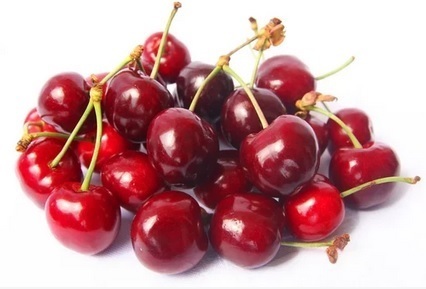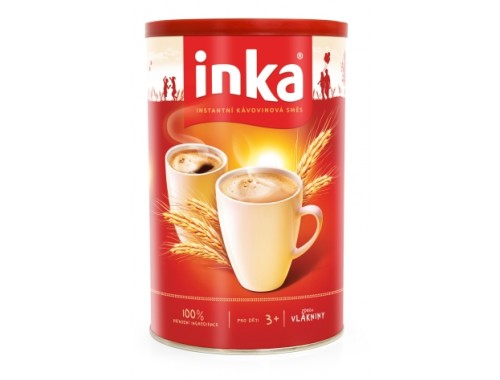Potato export. Polish potatoes
Export of Potatoes from Poland in 2023-2024 faced both constraints and opportunities in the international market. In 2023, the area devoted to potato cultivation in Poland was approximately 200,000 hectares, and the national potato harvest reached 5.6 million tons, marking a 7% decrease compared to the previous year. This was the lowest level of production in the past decade, significantly limiting export potential. The low production level was due to unfavorable weather conditions, which hindered higher yields.
Poland ranks as the fourth largest potato producer in the European Union, after Germany, France, and the Netherlands. However, despite the scale of production, Poland’s export capacity remains relatively limited. In February 2023, Poland’s potato exports were primarily directed to non-EU markets, with major recipients including Serbia (234 tons, or about 42% of exports), Moldova (174 tons), and the United Kingdom (over 150 tons). Overall export volume, however, was 24% lower than in February 2022, when Polish potatoes were also exported to North Macedonia and Serbia.
The structure of Poland’s foreign trade in potatoes showed a stable import level in 2023, although growth dynamics increased towards the end of the year. Despite this, potato imports remained below the record levels of the 2019/2020 season. The increase in imports in 2023 was mainly due to low domestic yields, which put pressure on boosting the supply from abroad. From October to December 2023, potato imports decreased by 36% compared to the same period a year earlier. By February 2024, imports rose by 39% month-over-month, which helped stabilize the domestic market supply despite last year’s poor harvests.
It is worth noting that Poland’s exported potatoes include both fresh and processed products, such as fries, chips, and potato starch. The Polish potato economy relies heavily on exporting processed products and delivering fresh potatoes to markets where there is demand for such goods. However, transportation costs and the need to meet strict sanitary and phytosanitary standards also impact the competitiveness of Polish potato exports compared to other EU producers.
Potato exports are, however, contingent on trade policy and cooperation with third countries. In 2023, Poland did not export potatoes to other EU countries, which poses a significant limitation, given the proximity of the market and the traditionally high quality of Polish potatoes. The Polish government, along with the Ministry of Agriculture, is considering actions that could increase potato exports to both EU and non-EU markets, especially in the context of sustainable development of agri-food exports.
Competition in the European potato market is strong, especially from countries like Germany, the Netherlands, and France, which have established positions in potato production and export. These countries have high efficiency, favorable weather conditions, and advanced technological infrastructure, allowing them to produce larger quantities of higher-quality potatoes. For Poland, key factors for improving export stability and competitiveness include increased innovation, implementation of modern technologies, and investments in storage infrastructure.
In summary, Poland's potato exports in 2023-2024 have remained stable but encountered various challenges, such as low yields and market restrictions. Moving forward, the future of Poland's potato exports will depend on increased production and the adaptation of trade policies to meet international standards, which could open new opportunities for Polish producers on global markets.
- Economy
- Export
- International cooperation
- Construction sector - Joinery, engineering and building architecture
- Agriculture, Food
- Regional development, investment in Poland
- What's worth knowing
Agriculture, Food
Potato export. Polish potatoes

Source: https://www.poland-export.com/

See also:

Chocolate and chocolate products from Poland
For years, Poland has been strengthening its position as one of the key exporters of chocolate products in Europe. Chocolate exports constitute an important segment of Polish foreign trade and cover a wide range of chocolate products

Cherry Export. Polish Cherries Around the World
The export of cherries from Poland is playing an increasingly important role in the international fruit market.

Cosmetics export. Cosmetics from Poland
The export of cosmetics and toiletries from Poland is developing at a dynamic pace, thanks to which Poland has gained the status of one of the leaders in the production and sale of these products in Central and Eastern Europe

Export of Windows: Window Joinery from Poland
Poland has been playing an important role on the international window market for many years, being one of the largest window exporters in the world.

FTA - Free Trade Agreements: Do They Exist and Can They Lower Tariffs?
Free Trade Agreements (FTAs) are key tools in international trade policy, aimed at reducing trade barriers...
Help needed ?
If you have not found the desired product, company, service or the searching results are not satisfactory for you, do not hesitate to contact us and tell what you are looking for or what you need. We will send your inquiry directly to the interested companies.
Write to us

 pl
pl  en
en  de
de  es
es  fr
fr  it
it  pt
pt  ru
ru  sv
sv 














.jpg)


